A kitchen island bench is one of the most versatile and practical features you can incorporate into your kitchen design. It serves multiple purposes, acting as a cooking area, a dining space, a prep zone, and even a place for social gatherings. Whether you’re renovating your kitchen or designing one from scratch, adding a well-planned kitchen island bench can transform the functionality and aesthetics of the space. Personally, I find kitchen island benches to be a cornerstone of modern kitchens, as they offer both practicality and an opportunity to make a design statement.
One of the key advantages of a kitchen island bench is the additional counter space it provides. In any kitchen, having enough workspace is crucial for efficient meal preparation and cooking. With a kitchen island, you gain extra surface area for chopping vegetables, rolling out dough, or assembling dishes. For larger households, this added space is invaluable, especially during busy mornings or holiday cooking marathons. I’ve often found that having a dedicated prep zone on the island keeps the main countertops less cluttered, making the kitchen more organized and enjoyable to use.

Another major benefit of a kitchen island bench is its ability to serve as a storage solution. By incorporating cabinets, drawers, or even open shelving into the design, you can maximize storage space in your kitchen. This is particularly useful in smaller kitchens where storage might be limited. I’ve seen islands with pull-out trash bins, built-in spice racks, and even wine coolers, which make the kitchen more efficient and visually appealing. The ability to customize the storage features of your island allows you to tailor it to your specific needs and cooking habits.
In addition to storage, a kitchen island bench can also function as an informal dining area. By extending the countertop and adding barstools or chairs, you create a cozy spot for quick meals, coffee breaks, or casual conversations. I love the social aspect of this feature, as it allows family members or guests to sit and chat while I’m cooking. For families with children, the island can double as a homework station, keeping kids close while parents prepare meals. This multifunctional aspect makes the kitchen island a hub of activity and interaction.
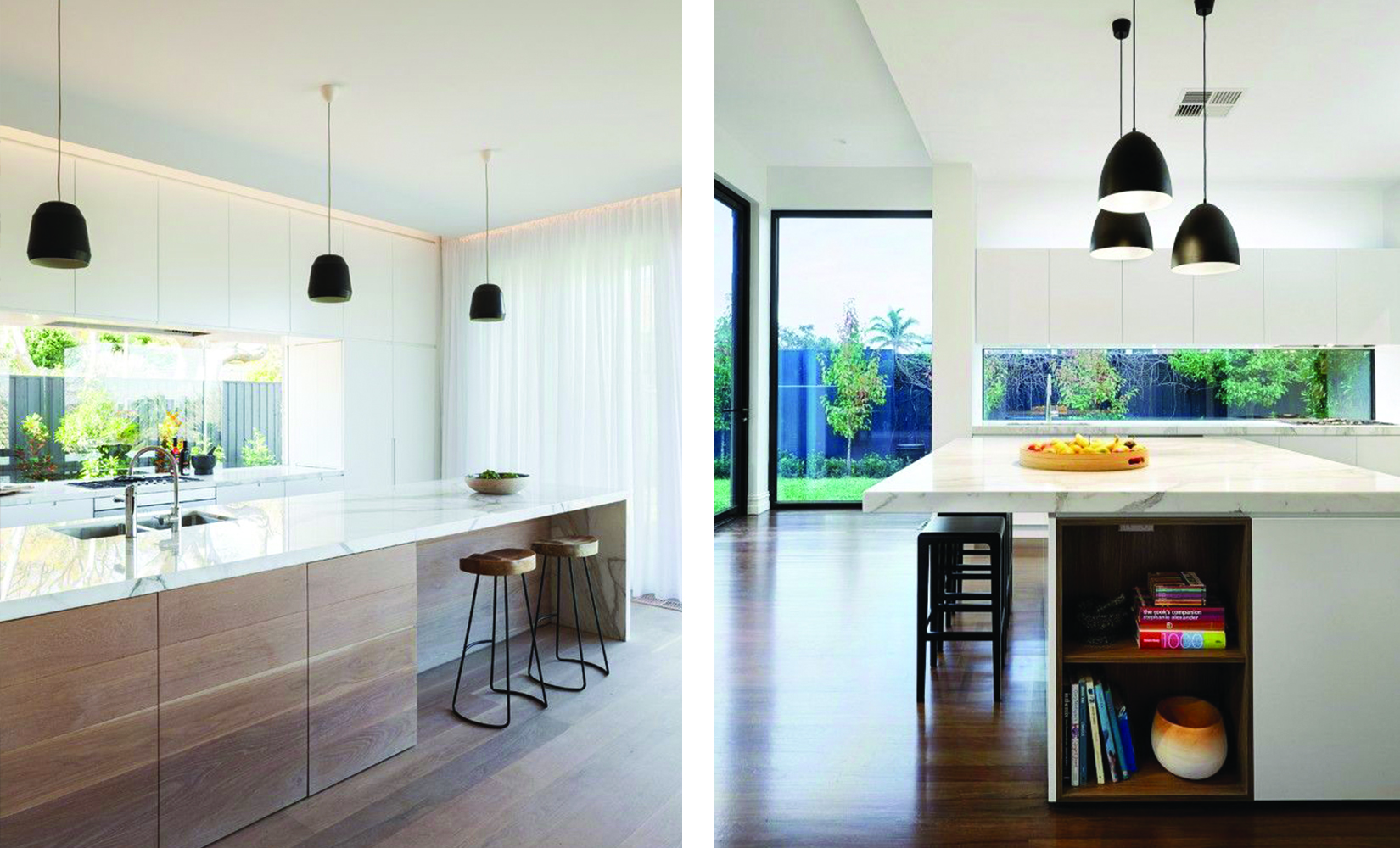
The versatility of a kitchen island bench extends to its role in defining the layout of the kitchen. It can serve as a divider between the kitchen and the living or dining area in an open-concept home, providing a visual boundary without creating a physical barrier. This helps maintain the flow of the space while still giving the kitchen a sense of structure. Depending on the size and shape of your kitchen, the island can be designed as a central feature or positioned off to one side to optimize traffic flow and accessibility.
When it comes to design, a kitchen island bench offers endless possibilities. You can choose from a variety of materials, colors, and finishes to match your kitchen’s style. For example, a sleek marble countertop adds a touch of luxury, while a butcher block surface brings warmth and a rustic feel. In my experience, contrasting the island’s color with the rest of the cabinetry can create a striking focal point. For instance, pairing white cabinets with a navy or black island can add depth and visual interest to the kitchen.

Incorporating appliances into the kitchen island bench is another popular trend. From cooktops and sinks to wine coolers and dishwashers, adding appliances to the island can streamline your workflow and make the kitchen more functional. For example, a sink on the island allows you to prep food while staying engaged with family or guests, while a cooktop enables you to multitask more efficiently. I’ve found that integrating appliances into the island not only saves space but also creates a more ergonomic cooking environment.
Lighting plays a critical role in enhancing the functionality and aesthetics of a kitchen island bench. Pendant lights are a popular choice, as they provide focused illumination for tasks while also serving as a decorative element. I recommend choosing fixtures that complement the style of your kitchen and hang them at the right height to avoid obstructing the view. For added convenience, consider installing dimmer switches, which allow you to adjust the lighting for different activities, whether it’s cooking, dining, or entertaining.
The size and shape of your kitchen island bench are crucial factors to consider during the planning stage. The dimensions should be proportional to the size of your kitchen to ensure that the island doesn’t overwhelm the space or obstruct movement. In my opinion, a well-designed island should have at least three feet of clearance on all sides to allow for easy navigation. If your kitchen is small, a compact, portable island might be a better option, offering flexibility without compromising functionality.
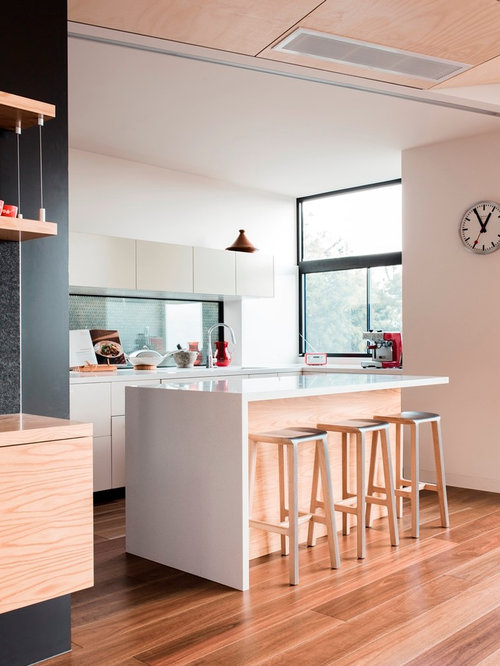
Seating arrangements are another important aspect to think about when designing a kitchen island bench. The overhang of the countertop should provide enough space for comfortable seating, typically about 12 inches. I like the idea of mixing seating styles, such as barstools with backs for comfort or minimalist stools for a sleek look. The number of seats you can accommodate will depend on the length of the island, but even a small island can provide a cozy spot for two.
For homeowners who love entertaining, a kitchen island bench can serve as a centerpiece for social gatherings. It provides a natural gathering spot where guests can mingle while enjoying drinks or appetizers. I’ve hosted parties where the island became the heart of the event, with people naturally gravitating toward it. To enhance its functionality during gatherings, consider adding features like a built-in wine rack, a mini-fridge, or even a charging station for electronics.
The material used for the countertop is a key decision that affects both the look and functionality of the island. Quartz is a popular choice for its durability and low maintenance, while granite offers a natural, luxurious feel. If you’re on a budget, laminate or wood can provide a stylish yet affordable option. Personally, I think the choice of material should balance practicality with aesthetics, as the island is often the most eye-catching feature in the kitchen.
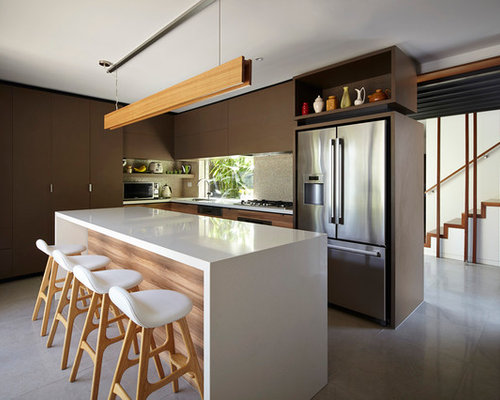
A kitchen island bench can also be a great opportunity to showcase your personality and style. From bold color choices to unique shapes, the island allows you to get creative and make a design statement. I’ve seen islands with waterfall edges, two-tone finishes, and even integrated herb gardens, all of which add character and uniqueness to the space. Don’t be afraid to experiment with unconventional ideas to make your kitchen truly one of a kind.
One of the challenges of a kitchen island bench is ensuring that it complements the rest of the kitchen. It should harmonize with the cabinetry, flooring, and overall layout to create a cohesive look. In my experience, using similar materials and colors can help tie the island to the rest of the space, while a contrasting element can make it stand out as a feature. Striking the right balance between blending in and standing out is key to a successful design.
The long-term value of a kitchen island bench cannot be overstated. It not only enhances the functionality and aesthetics of the kitchen but also increases the overall value of your home. Potential buyers often see a well-designed island as a desirable feature, making it a worthwhile investment. From my perspective, adding a kitchen island is one of the best ways to modernize and elevate your kitchen, whether you plan to sell or enjoy the space for years to come.
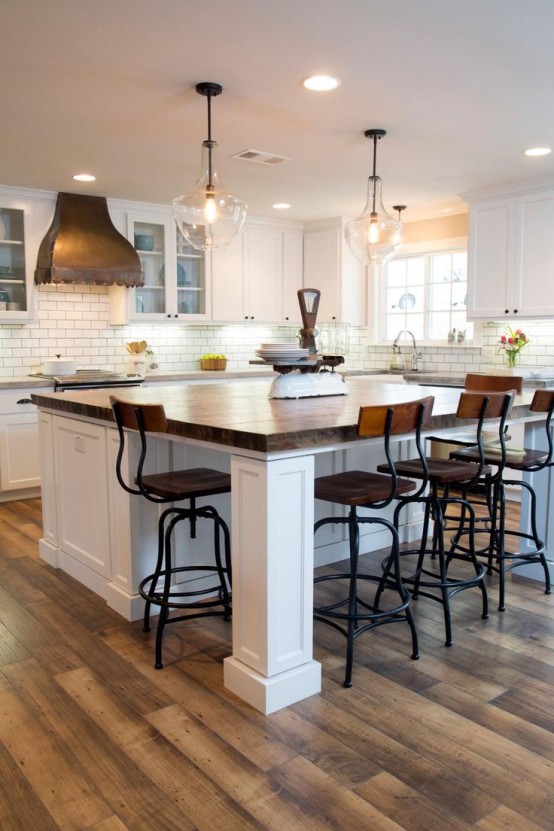
Common Mistakes to Avoid
Choosing the Wrong Size: An oversized island can make the kitchen feel cramped, while an undersized one may not serve its purpose effectively. Always measure your space and ensure adequate clearance around the island.
Ignoring Workflow: Placing appliances or prep zones in inconvenient spots can disrupt the kitchen’s workflow. Plan the layout carefully to ensure the island complements the work triangle.
Overlooking Seating Comfort: Insufficient overhang for seating can make the island uncomfortable to use as a dining area. Always prioritize ergonomic seating arrangements.
Neglecting Lighting Needs: Poor lighting can reduce the functionality and appeal of the island. Incorporate task lighting, such as pendant lights, to enhance both practicality and aesthetics.
Using Low-Quality Materials: Opting for cheap materials may save money initially but can lead to durability issues over time. Invest in high-quality materials that stand up to daily use.
Lack of Professional Installation: Improper installation can result in structural issues, especially for heavy materials like granite or marble. Hiring professionals ensures a flawless finish.
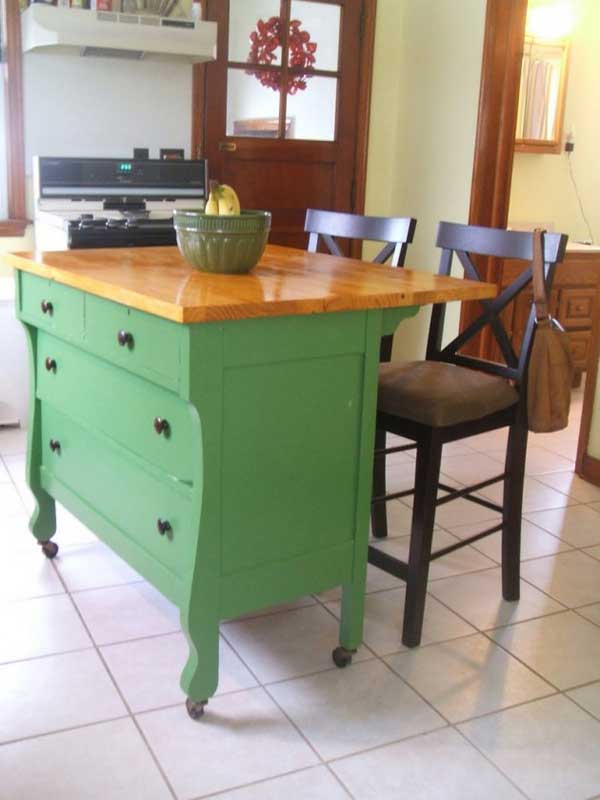
What is the ideal size for a kitchen island bench?
The ideal size depends on the dimensions of your kitchen. Typically, an island should be at least 4 feet long and 2 feet wide, with 3 feet of clearance around it. For smaller kitchens, a compact or portable island may be more suitable, while larger kitchens can accommodate expansive designs with additional features like seating or appliances.
What materials are best for a kitchen island countertop?
The best material depends on your needs and budget. Quartz is durable and low-maintenance, while granite offers a luxurious feel. Wood adds warmth, and laminate is a budget-friendly option. I recommend balancing aesthetics with functionality, as the countertop is a high-use area.
Can I add appliances to my kitchen island?
Yes, many islands incorporate appliances like sinks, cooktops, or dishwashers. This enhances functionality and streamlines workflow. However, it’s important to plan for proper plumbing, ventilation, and electrical work, which may require professional assistance.
How do I make my island suitable for seating?
To create comfortable seating, the countertop should have an overhang of at least 12 inches. Choose stools that match your kitchen’s style, and ensure the height complements the counter. Seating arrangements should also consider the number of users and the space available.
Is a kitchen island suitable for small kitchens?
Yes, small kitchens can benefit from compact or multifunctional islands. A portable island with wheels or a narrow design can add workspace and storage without overwhelming the space. Planning is key to ensure it enhances rather than hinders the kitchen’s functionality.
How do I maintain my kitchen island bench?
Maintenance depends on the materials used. For example, quartz requires minimal upkeep, while wood may need regular sealing. Always clean spills promptly and avoid abrasive cleaners to preserve the finish. Regular care ensures your island remains functional and beautiful over time.

Related Posts:
- How To Make A Kitchen Island On Wheels
- White Distressed Oak Kitchen Island And Bar Stools
- Allure Kitchens Long Island
- DIY Kitchen Island With Storage
- Kitchen Island Plans From Stock Cabinets
- White Kitchen Island With Bar Stools
- Acrylic Kitchen Island
- Kitchen Island Spacing From Cabinets
- Mint Green Kitchen Island
- How To Make A Kitchen Island Cart